Lighting is one of the most essential and constant energy uses in any home. While lights do not consume a lot of electricity like an air conditioner or space heater, a light bulb (100W) running for 6 hours per day can cost around $0.09 daily, $2.87 monthly, and $34.45 yearly. Understanding how much it costs to run a light bulb can help you manage the total power consumption and reduce your electricity bills.
Whether you are illuminating the living room, kitchen, or garage, even a small light bulb can add up in terms of electricity over time. Jackery Solar Generators are essential home backup solutions that can power light bulbs, heaters, fans, etc., reducing the overall electricity bills. This comprehensive guide reveals how much it costs to run a light bulb and how to save on electricity costs with portable power stations and solar generators.
Key Takeaways
- The cost of running light bulbs will vary depending on wattage, type, usage duration, and the local electricity rate in your area.
- LED lights generally consume significantly less power than halogen or incandescent options.
- A single LED light bulb (10W) for 5 hours a day costs around $0.23 per month or $2.87 per year.
- Jackery Solar Generators can help power lighting options and other household appliances without increasing your grid electricity costs.
How Many Watts Does a Light Consume
The wattage consumption of a light bulb depends on its type and brightness level. Generally, incandescent bulbs consume more power than modern LED lights. Here's a quick breakdown of typical wattage by bulb type:
- Incandescent Bulbs: 40W - 100W
- CFL: 9W - 25W
- Light Bulbs: 5W - 20W
- Halogen Bulbs: 35W - 70W
- Smart Bulbs: 7W - 15W
Understanding how many watts a light bulb uses will help you learn the impact of running light bulbs on your electricity bills. If you want to calculate how many amps a light bulb uses, you can multiply the wattage and voltage of the appliance.
How Much Does It Cost to Run a Light Bulb
On average, the cost to run a light bulb (50W) for 5 hours daily falls between $0.02 - $0.10 per day, $0.74 - $3.04 per month, and $8.94 - $36.46 per year. If you want to calculate the cost of running a light bulb, you will need to understand:
- The light bulb's wattage
- The number of hours it runs per day
- The local electricity rate per kWh
For example, running a 50W incandescent bulb for 5 hours a day in the US, where the average electricity rate is 15.95 cents per kWh, costs:
- Daily Cost = [(50W × 5H)/1000] × $0.1595 per kWh = $0.04
- Monthly Cost = $0.04 per day × 30 = $1.20
- Yearly Cost = $1.20 per month × 12 = $14.36
If you are lighting your home with 10 or more such bulbs for a few hours per day, the cost can add up and significantly impact your electricity bills.
Daily, Monthly, and Yearly Expenses to Run a Light Bulb
The cost of the light bulb varies depending on the state you live in. For example, if you run an appliance, like a light bulb in Hawaii, the cost will be higher compared to if you run the same appliance in North Dakota. This is because of the difference in the electricity rate per kWh between the two US states. Here is a table that breaks down how much it costs to run a light bulb (50W) for 5 hours daily in different US states:
|
Wattage |
Usage (Hrs/Day) |
State |
Rate in cents per kWh |
Daily Cost
|
Monthly Cost |
Yearly Cost |
|
50W |
5H |
New York |
25.31 |
$0.06 |
$1.90 |
$22.78 |
|
50W |
5H |
Illinois |
15.81 |
$0.04 |
$1.19 |
$14.23 |
|
50W |
5H |
Ohio |
15.64 |
$0.04 |
$1.17 |
$14.08 |
|
50W |
5H |
North Dakota |
9.93 |
$0.02 |
$0.74 |
$8.94 |
|
50W |
5H |
South Dakota |
12.09 |
$0.03 |
$0.91 |
$10.88 |
|
50W |
5H |
Florida |
14.43 |
$0.04 |
$1.08 |
$12.99 |
|
50W |
5H |
Georgia |
13.52 |
$0.03 |
$1.01 |
$12.17 |
|
50W |
5H |
North Carolina |
12.47 |
$0.03 |
$0.94 |
$11.22 |
|
50W |
5H |
South Carolina |
13.81 |
$0.03 |
$1.04 |
$12.43 |
|
50W |
5H |
Texas |
14.68 |
$0.04 |
$1.10 |
$13.21 |
|
50W |
5H |
Colorado |
15.01 |
$0.04 |
$1.13 |
$13.51 |
|
50W |
5H |
Idaho |
10.82 |
$0.03 |
$0.81 |
$9.74 |
|
50W |
5H |
Utah |
12.12 |
$0.03 |
$0.91 |
$10.91 |
|
50W |
5H |
Wyoming |
11.69 |
$0.03 |
$0.88 |
$10.52 |
|
50W |
5H |
California |
30.22 |
$0.08 |
$2.27 |
$27.20 |
|
50W |
5H |
Hawaii |
40.51 |
$0.10 |
$3.04 |
$36.46 |
|
50W |
5H |
US |
15.95 |
$0.04 |
$1.20 |
$14.36 |
Source: Electric Power Monthly - US Energy Information Administration (EIA)
Official Tips to Reduce the Cost of Run a Light Bulb
According to the US Department of Energy reports, lighting accounts for nearly 15% of an average home's electricity use. If you switch to LED lighting, you can save up to $225 in energy costs per year. If the cost to run a light bulb is higher, here are some ways to reduce the overall expenses:
Switch to Energy Star Certified LEDs
LEDs consume up to 90% less energy and last up to 25 times longer compared to traditional incandescent bulbs. Even though LEDs are expensive, they can help you save money by lasting longer and consuming less energy.
Turn Off Lights When Not in Use
When you are leaving the room, consider turning off the lights. A simple habit like turning off the lights when not required can help you save electricity costs. You can also open the windows and doors so natural light can illuminate the space to reduce lighting costs.
Choose a Solar Generator for Lights
Solar generators can help you power different lighting solutions and other household appliances, such as coolers, refrigerators, fans, etc. Jackery Solar Generators can power light bulbs and other appliances, reducing your reliance on electricity bills. They are portable in design, so you can carry them anywhere to power indoor or outdoor lighting.
How to Save on Your Electricity Bills With Jackery Solar Generators
Jackery Solar Generators offer a reliable and cost-effective way to power your lighting and other household appliances without relying on the grid. These solar-powered generators provide electricity for both indoor and outdoor lighting solutions.
Whether you are using bedside lamps, backyard floodlights, or porch string lights, these solar-powered generators reduce the reliance on the grid and power appliances with free sunlight. They are also portable, easy to set up, and silent, which makes them ideal for energy-conscious homeowners.
Here are two Jackery Solar Generators for solar-powered light bulbs:
Jackery Solar Generator 300 Plus
The Jackery Solar Generator 300 Plus is a compact, lightweight solar-powered generator that can power low-wattage lighting like desk lamps, LED bulbs, and string lights. It is ideal for small setups or emergency backups, ensuring reliable performance for basic lighting needs with zero emissions. If you are running multiple lights (50W) for 5 hours per day, the solar-powered generator can help you save up to $.0.04 per day, $1.20 per month, and $14.36 per year.
Appliances Running Time
- Table Lamp (100W) = 2.4H
- Porch Light (100W) = 2.4H
- Garage Overhead Light (150W) = 1.6H
- Dining Room Chandelier (200W) = 1.2H
- Floor Lamp (180W) = 1.4H

Customer Review
"With everything that is going on in the world, having something like this is a must. Next Hurricane, I will be extra ready. I am going to use this thing camping, at the beach, on the boat, and anywhere I need a little extra power." — Robert Sheriff.
Jackery Solar Generator 600 Plus
The Jackery Solar Generator 600 Plus is one of the best battery backups for light bulbs. It delivers higher output and can run more lighting options, such as floor lamps, outdoor setups, and pendant lights. The sturdy, foldable handle and compact design make the solar-powered generator portable for powering lights and other midsize appliances. For example, running a large lighting setup consuming 300W for 4 hours a day with the solar generator will help you save up to $0.19 daily, $5.74 monthly, and $68.90 yearly.
Appliances Running Time
- Desk Table Lamp (100W) = 5.4H
- Porch Light (100W) = 5.4H
- Garage Overhead Light (150W) = 3.6H
- Dining Room Chandelier (200W) = 2.7H
- Floor Lamp (180W) = 3.0H

Customer Review
"My new Jackery Explorer 600 Plus + SolarSaga 100 x 1 works great for setting up my telescope, cooled camera, and laptop in remote dark sky locations. It provides all the power I need to get me through long night astrophotography sessions." — Chris Moore.
How Much Does It Cost to Run a Light FAQs
How much does it cost to run a grow light?
Grow lights typically consume 10 - 20 watts per square foot. Generally, you will need 300W - 500W grow lights per square meter of grow space. If you are running a grow light (400W) for 12 hours and the electricity rate is 15.95 cents per kWh, the daily and monthly costs will be $0.76 and $22.96, respectively. The yearly cost can go beyond $275.61, impacting your electricity bills significantly.
How much does it cost to run a fluorescent light?
A fluorescent light typically consumes anywhere between 10 and 40 watts, with some older models consuming up to 80 watts. Running a fluorescent lamp (25W) for 6 hours per day will cost you $0.71 monthly and $8.61 yearly.
How much does it cost to run a night light?
The answer to how much it costs to run a night light varies depending on its wattage, how long it's used, and your electricity rate. Most night lights are relatively low-wattage, with LED night lights being particularly energy-efficient. Assuming an average night light (around 40 watts) and an electricity rate of 15.95 cents per kWh, a night light running for 8 hours a night would cost roughly $0.051 per night.
Conclusion
Running light bulbs may seem like a minor cost, but over time and across multiple rooms, those small numbers can add up, especially if you're using older, less efficient bulbs. Whether you're lighting your home for daily use, seasonal decor, or during power outages, understanding how much it costs to run a light bulb helps you make smarter decisions. Switching to energy-efficient bulbs and powering appliances with Jackery Solar Generators can help you cut your electricity bill without sacrificing comfort or brightness.

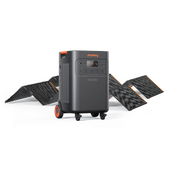
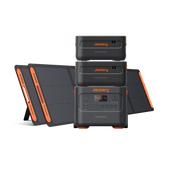
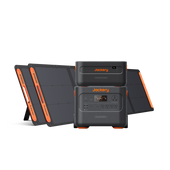
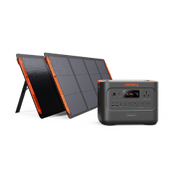

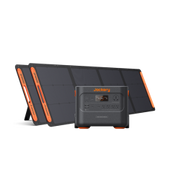
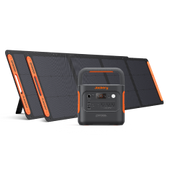

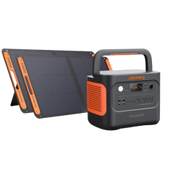

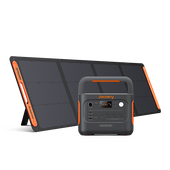
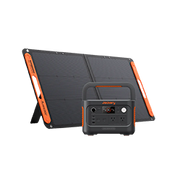

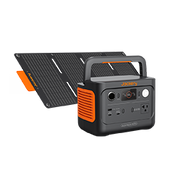
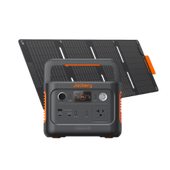
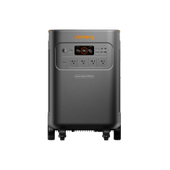
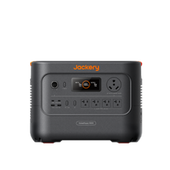
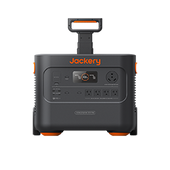
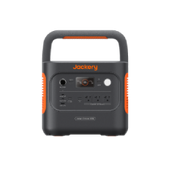
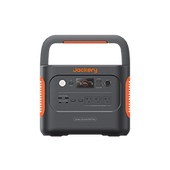
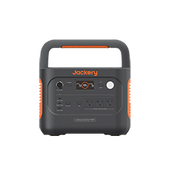
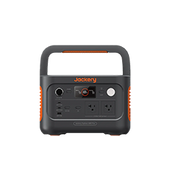
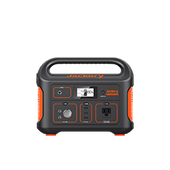
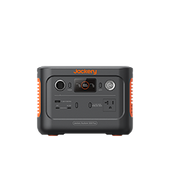

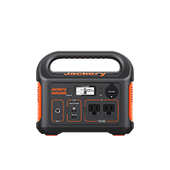
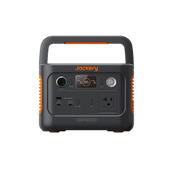
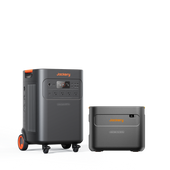
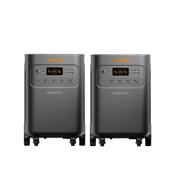

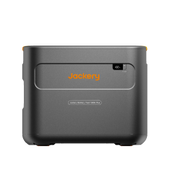
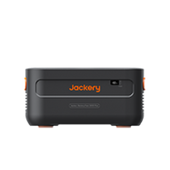
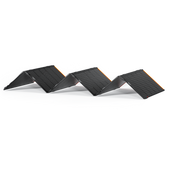
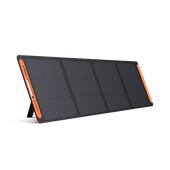

![[Add - on] Jackery Manual Transfer Switch for Explorer 5000 Plus - Jackery](http://www.jackery.com/cdn/shop/files/add-on-jackery-manual-transfer-switch-for-explorer-5000-plus-9017324.png?v=1754016782&width=170)
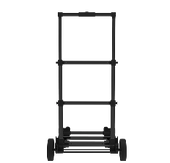
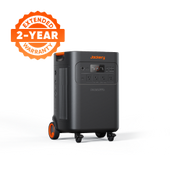
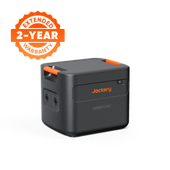
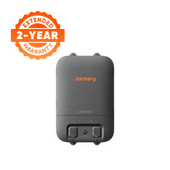


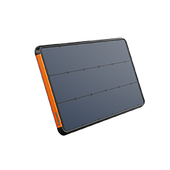
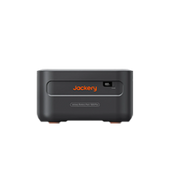

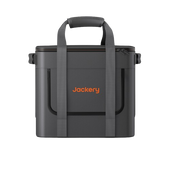
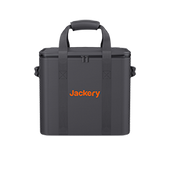
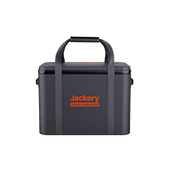
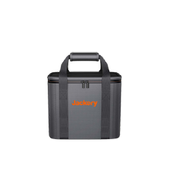
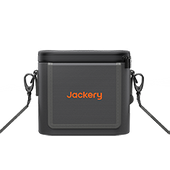
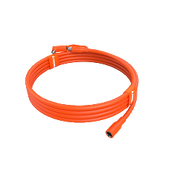

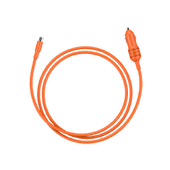


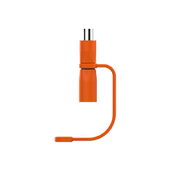
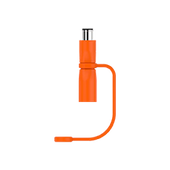
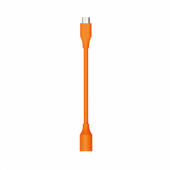
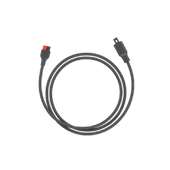

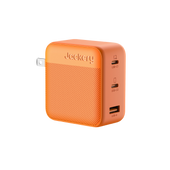
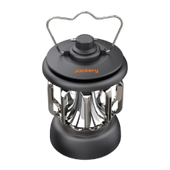


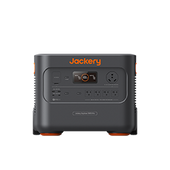
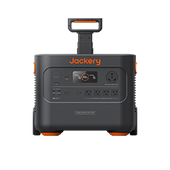
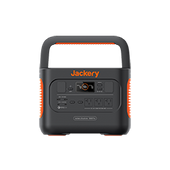
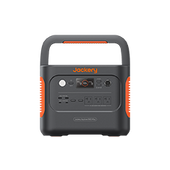
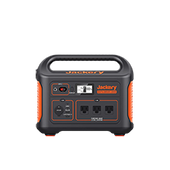
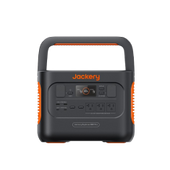
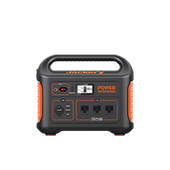
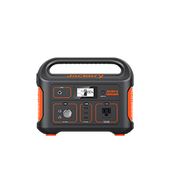
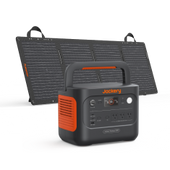
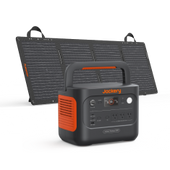
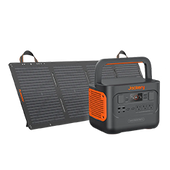


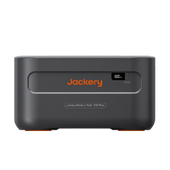



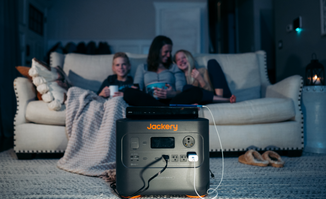
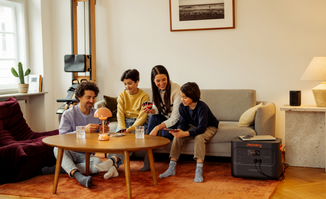
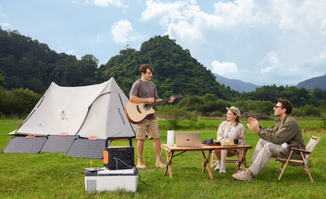
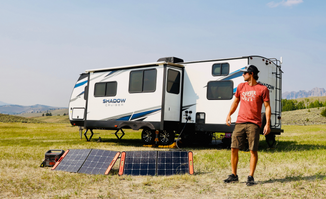

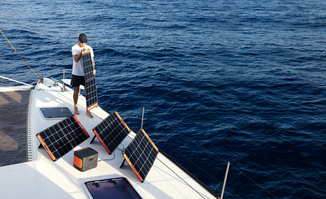
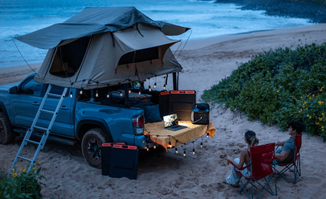
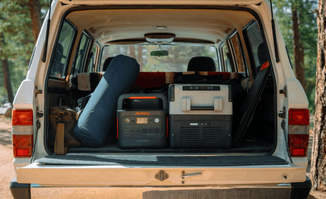




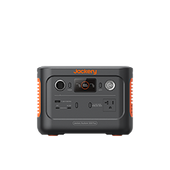
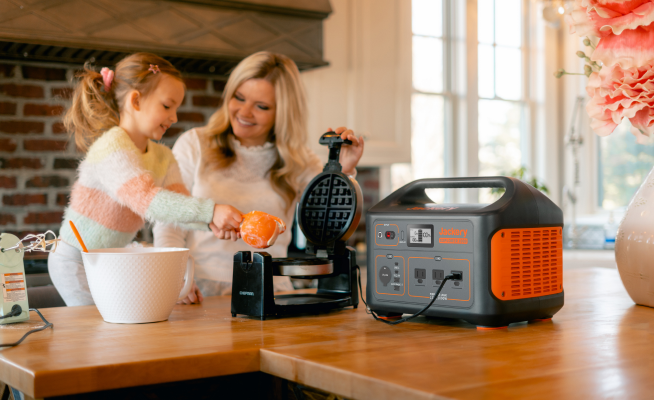
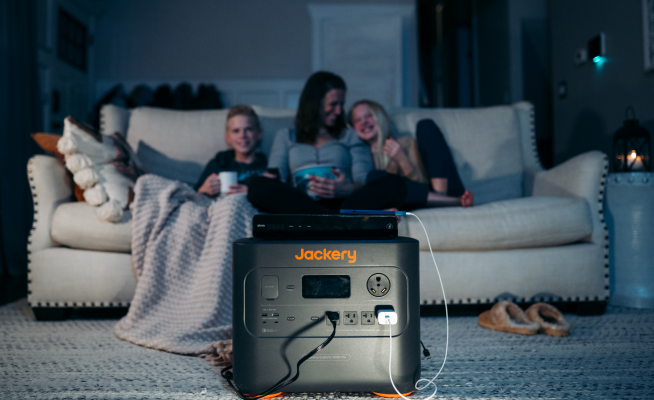
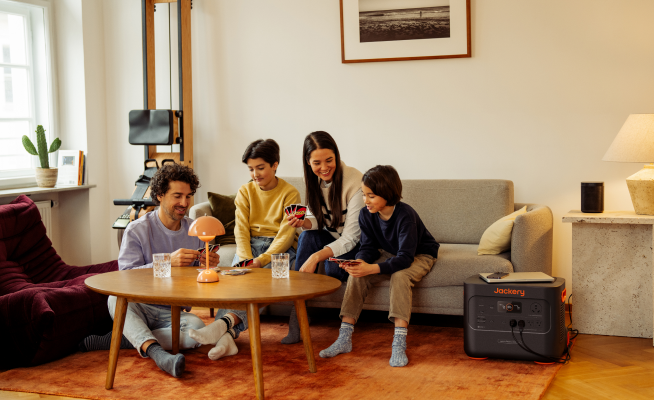
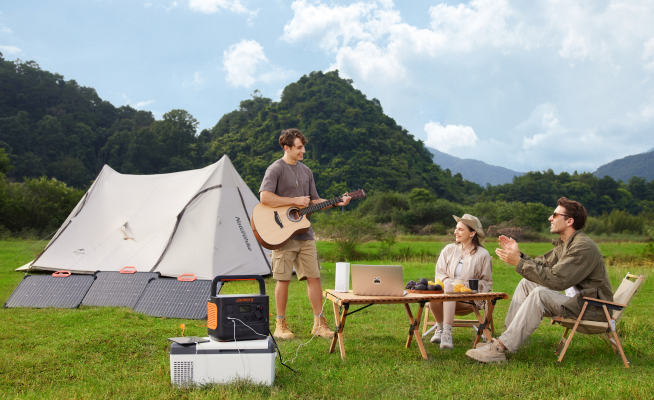
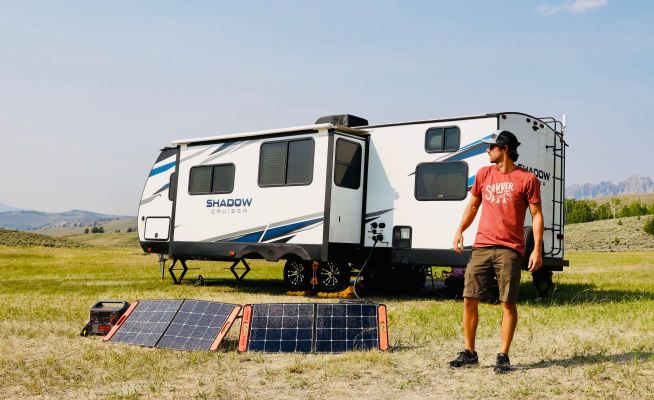

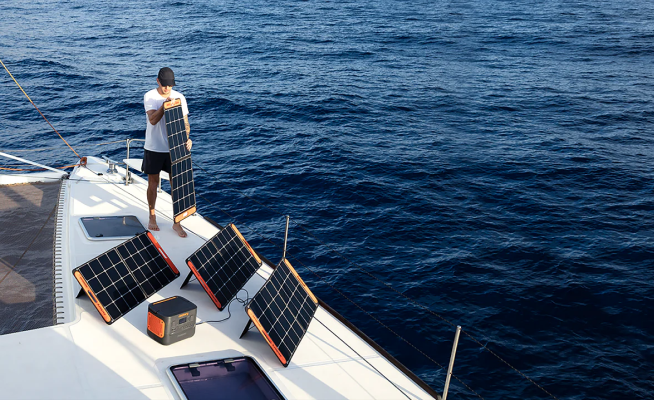
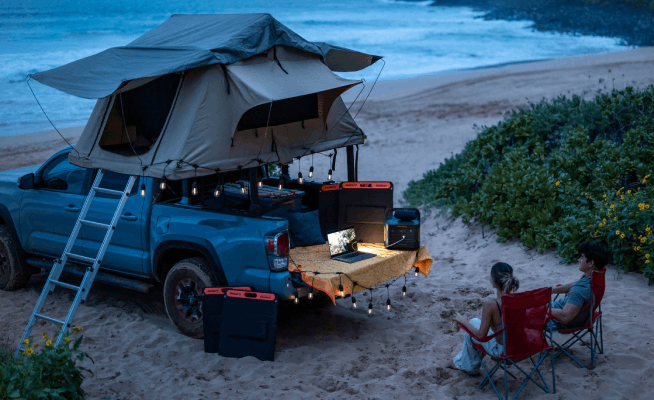
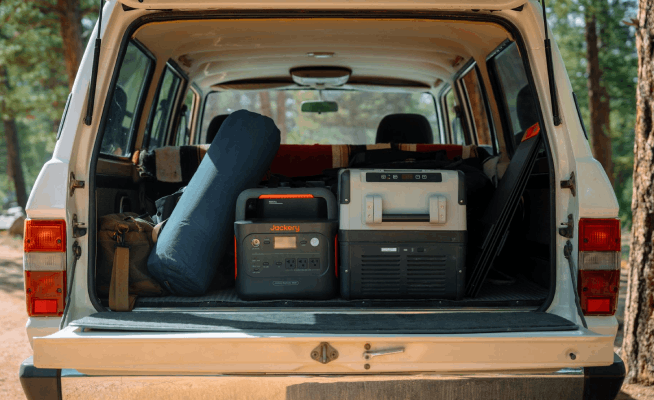









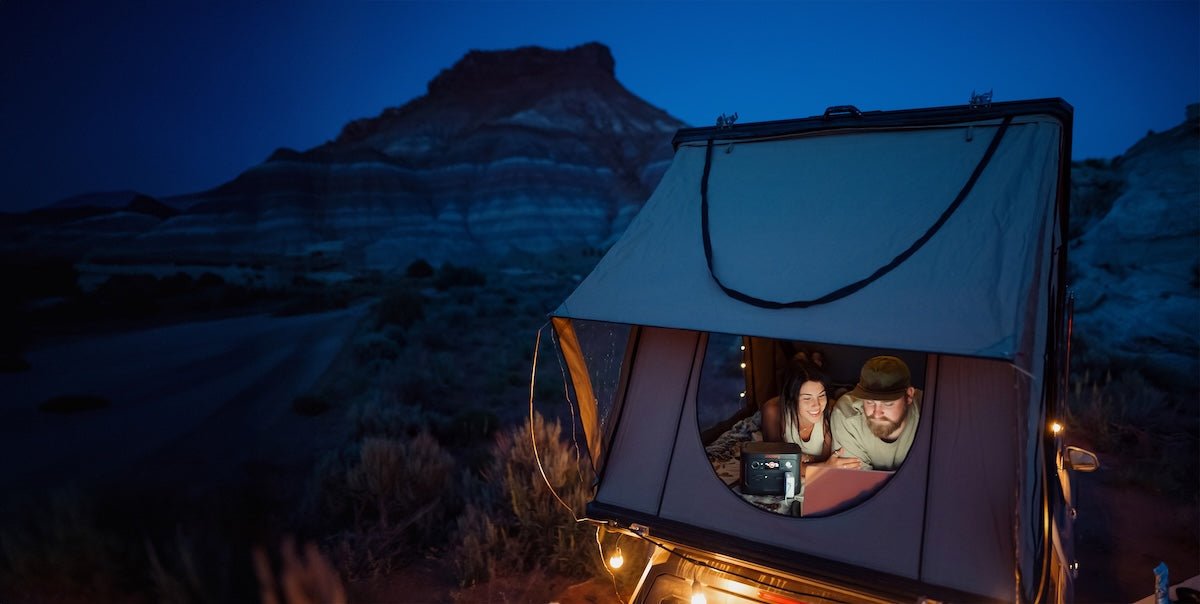




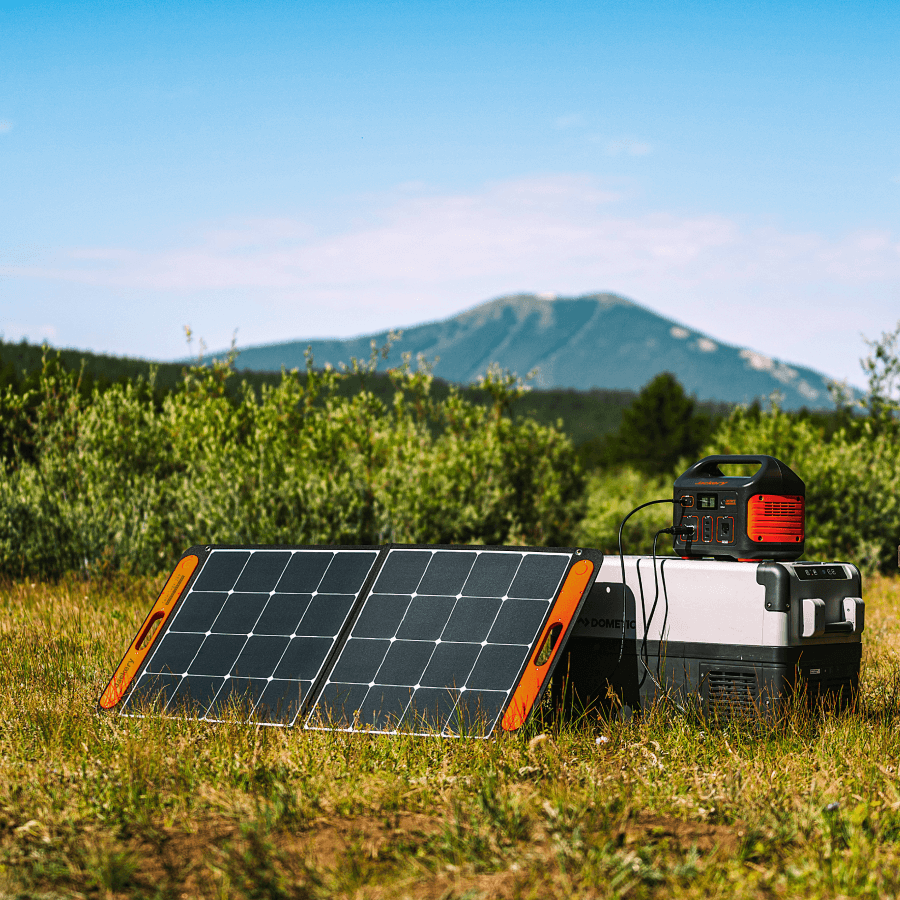

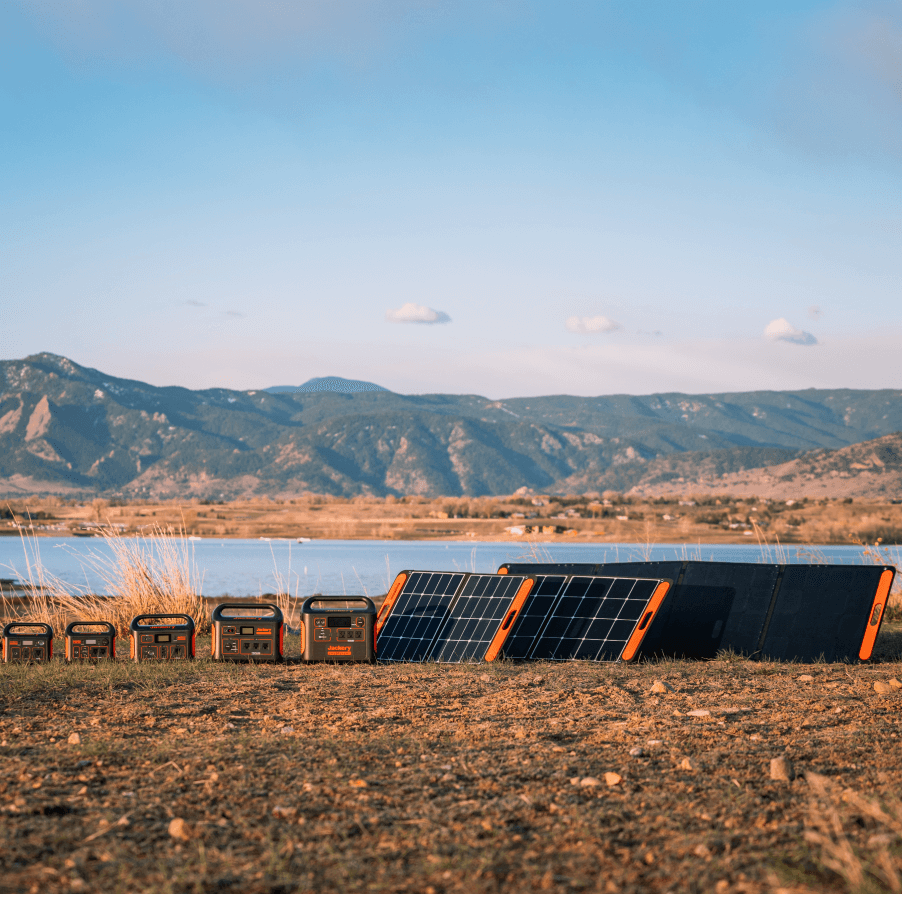
Leave a comment